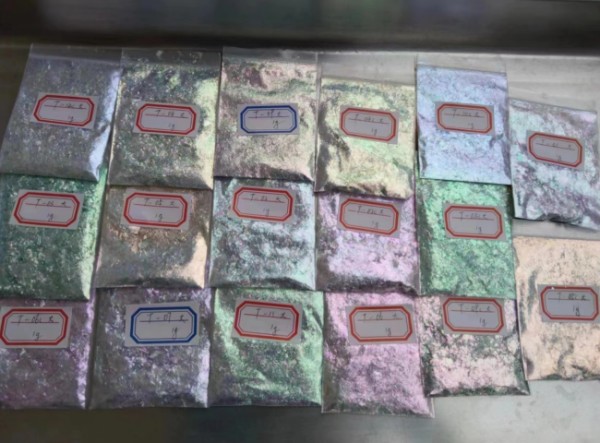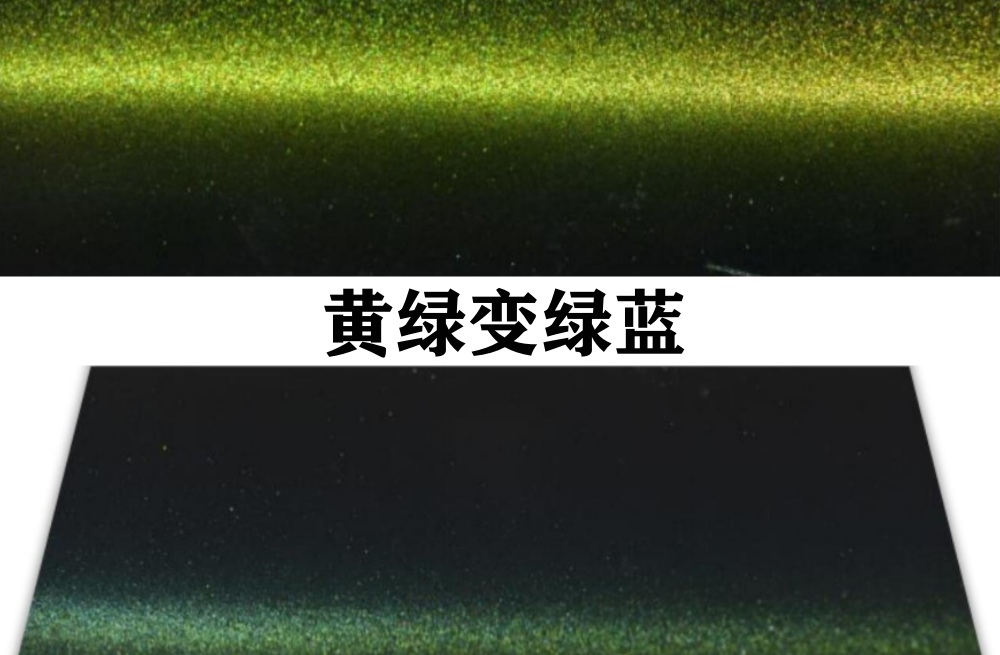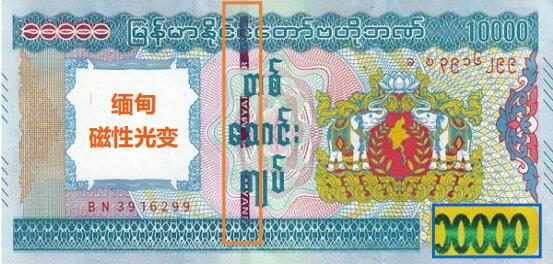The colorants used in fluorescent ink are usually pigments or dyes. Unlike ordinary ink colorants, fluorescent ink can reflect visible light and absorb short-wavelength light such as violet, blue, and green, and then reflect visible fluorescence. The colored substance printed with fluorescent ink can exhibit fluorescence when exposed to sunlight or ultraviolet light, meaning it can also display fluorescent colors during the day. The key to whether fluorescent ink can produce a fluorescent effect lies in the colorant, which is determined by the presence status of certain atomic groups in the molecular structure of the colorant. Fluorescent ink can produce fluorescence under sunlight because the colorant contains benzene or heterocyclic rings with conjugated double bonds. Night-glow fluorescent ink produces fluorescence because its colorant raw materials contain sulfides such as zinc, cadmium, and strontium. When printed on paper, under ultraviolet irradiation, it can reflect visible light in the long-wave band, so it can also display colors in dark places without light and is bright and eye-catching.
Compared with ordinary ink, fluorescent ink has superior performance and coloring effect, so it has a wide range of applications and a broad market. It is usually used in high-end cigarette, liquor, medicine, and cosmetic product packaging. It also has extensive application in the field of anti-counterfeiting, such as securities, stamps, trademarks, labels, scratch cards, and invoices. To make full use of the efficacy of fluorescent ink, we need to be innovative in the process design and adopt the best printing layout design. We also need to control the printing process, reasonably select printing raw materials, and control the quality of printing technology, in order to give full play to the excellent performance of fluorescent ink and improve the process level of printed products.
HiBlueStar
电话:15050450799(微信同号)
© HiBlueStar Sitemap





